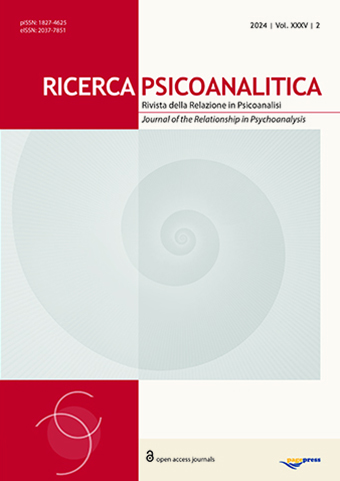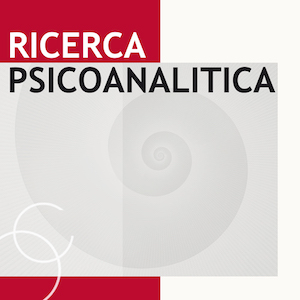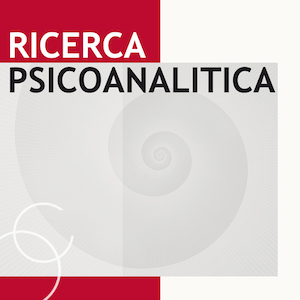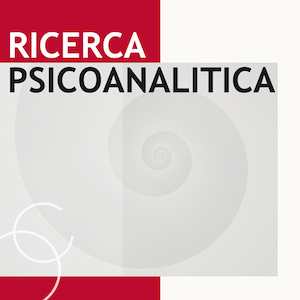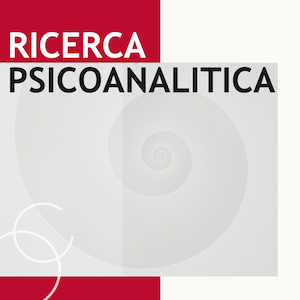Case ripiegate su loro stesse
Uno sguardo sullo sviluppo dell’identità sessuale di adolescenti e giovani adulti in famiglie eteronormative
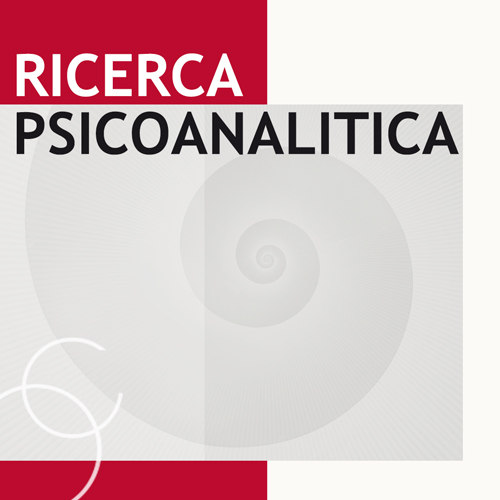
All claims expressed in this article are solely those of the authors and do not necessarily represent those of their affiliated organizations, or those of the publisher, the editors and the reviewers. Any product that may be evaluated in this article or claim that may be made by its manufacturer is not guaranteed or endorsed by the publisher.
##plugins.generic.dates.accepted##: 27 febbraio 2024
Autori
Questo elaborato racchiude alcuni contributi scientifici in materia di sviluppo dell’identità sessuale in adolescenti e giovani adulti. In ambito psicologico, indagare lo sviluppo dell’identità sessuale risulta particolarmente importante per comprendere, pianificare e implementare interventi capaci di supportare ragazzi queer nel processo di coming out interno ed esterno. Malgrado il panorama scientifico internazionale attesti una riduzione dei fenomeni di discriminazione e controllo sociale nel contesto sportivo, accademico e scolastico, l’Italia nel 2021 si è posizionata all’ultimo posto della Rainbow Europe Map and Index. Secondo la teoria del Minority stress, molti giovani che si identificano nella comunità queer sperimentano fattori di stress distali e prossimali che possono determinare lo sviluppo di: preoccupazioni, difficoltà relazionali e/o stati d’ansia e depressivi. Tra le principali cause di questo malessere vi è l’interiorizzazione del pregiudizio sessuale, diffuso e perpetrato dalla cultura omofoba tutt’ora presente in Occidente. La presente indagine identifica i principali fattori individuali, sociali e culturali incidenti sul benessere di queste minoranze sessuali al fine di progettare efficaci strategie di sostegno nell’ambiente familiare. La famiglia, in effetti, rappresenta la rete sociale primaria attraverso la quale gli individui formano le proprie cognizioni e i propri valori, dove si tessono i primi rapporti e si sperimentano emozioni e sentimenti, apprendendo competenze emotive e relazionali, ma anche il primo potenziale contesto di esposizione e/o educazione al pregiudizio sessuale. Questo lavoro, pertanto, si è focalizzato sulla relazione esistente tra: i) il sistema valoriale familiare e il coming out esterno; ii) il coming out familiare e il livello di coesione della famiglia; iii) il supporto familiare alle autonomie individuali e la pubblica dichiarazione della propria identità sessuale ai familiari; iv) il possesso di una relazione sentimentale stabile e il comig out familiare; v) la disposizione di amicizie appartenenti alla comunità queer e il pubblico svelamento della propria identità sessuale; vi) il pregiudizio sessuale interiorizzato, dall’adolescente stesso e/o dai propri cari, e il coming out. Questa revisione vuole inoltre ispirare una ricerca esplorativa di quei nuclei familiari resistenti all’accettazione e all’accoglienza di figli LGBTQICAPF2K+ che abitano il nostro Paese, denominabili come famiglie italiane eteronormative.
Come citare

Questo volume è pubblicato con la licenza Creative Commons Attribuzione - Non commerciale 4.0 Internazionale.
PAGEPress has chosen to apply the Creative Commons Attribution NonCommercial 4.0 International License (CC BY-NC 4.0) to all manuscripts to be published.

